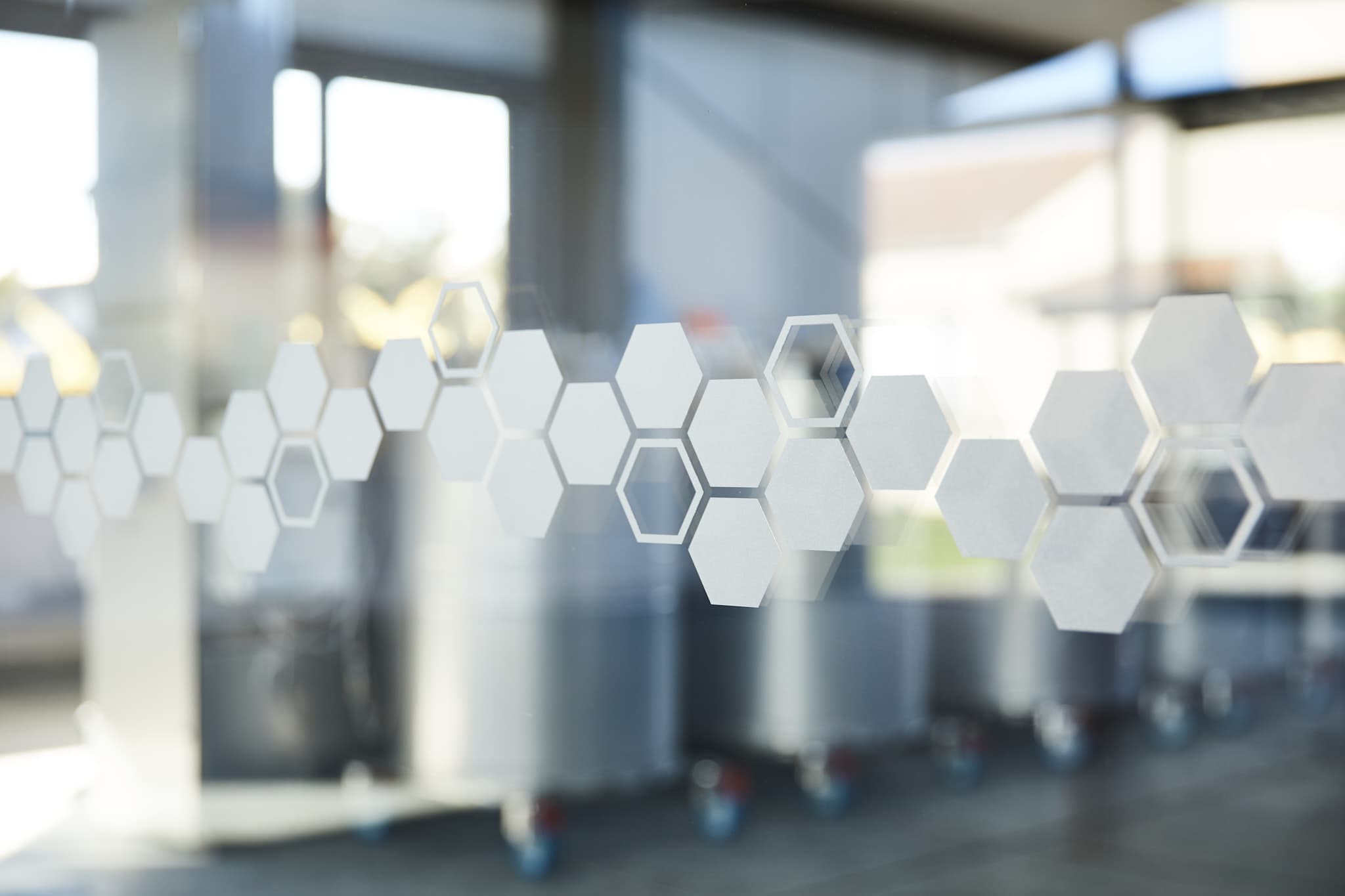A few years ago, David Gill of VinWizard started to install an option for ‘pulse cooling’ in his software for winery tanks. Customers weren’t asking for it, he wasn’t advertising it, and it wasn’t common practise among winemakers.
David had heard of pulse cooling—lowering temperatures of winery tanks in intervals rather than continuously—a few years prior from UC Davis, when chemical engineer and Professor Richard Boulton began to champion the energy-saving method in winery design.
“The idea is so simple,” David says, “and the potential for energy savings in wineries is huge. I began installing pulse cooling as an option in our systems with the intention of quantifying its benefits and communicating that the customers later. But I haven’t had the opportunity to run a trial until now—at the Bragato Research Institute (BRI) research winery.”
“The beauty of BRI to run trials is the tanks are all the same size, run with the same equipment, all operating the same way,” David says.
In September, David joined Dr Tanya Rutan, BRI Research Winery Manager, to trial pulse cooling using 200-litre tanks at the research winery. The identical tanks started with the same volume at an ambient temperature of 16.7° C and were set to cool at a target temperature of 8° C (glycol temperature setting -2° C). The pulse cooling tank would run for one minute, then automatically shut off for three minutes. The other tank was set for continuous cooling, which is the common approach by industry. Overall, the pulse-cooled system reached the setpoint of 8° C in 155 minutes, while the continuously cooled tank took 75 minutes.
Essentially, the pulse-cooled method used only 30% of the energy of the conventional method, while taking twice as long to bring down the temperature.
Tanya used the pulse cooling option during the research winery’s inaugural vintage with much success.
“Aside from some instances during fermentation, the extra time the pulse cooling took outweighed the continuous cooling when you consider the substantial energy savings. Often, I found pulse cooling to be beneficial because it gave me more control to bring down temperatures gradually,” she says.
Pulse cooling is particularly beneficial for smaller tanks, David says, which tend to overchill with continuous cooling. During the BRI trial, continuous cooling led the tank to overchill by 0.7 of a degree at one point, compared to the pulse cooling tank at 0.2 of a degree.
While pulse cooling saved 30% energy in the BRI trial, David estimates the real numbers could be as high as 50% in some wineries. The next step for David and VinWizard is to take the trial to a larger winery in Australia that houses various-sized tanks. This trial, utilising wine-filled tanks, will measure power use of the entire winery before pulse cooling and then after pulse cooling.
“The feature is already there in VinWizard systems, but not many of my clients know how to use it or understand what it does,” David says. “It’s also possible to run pulse cooling on other systems for energy savings. It’s just never taken off in the wine industry.”

















